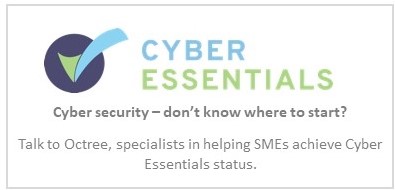The State Of Cybersecurity in Financial Services 2022
The financial services industry is under cyberattack with threat vectors including data breaches, advanced attacks that bypass security protections, and misconfigured cloud services. Learn what you need to know to protect your critical assets and improve your security posture.
Fraud and cybercrime vulnerabilities in the legal sector
Research into the risks impacting the top 200 law firms
2022 UK Cybersecurity Census Report - Keeper Security
Cybersecurity is now recognised as a key priority for UK businesses. However, cybersecurity threats are evolving as risks, and the responses necessary to mitigate them, change rapidly. Staying a step ahead of bad actors is a continuous challenge and businesses—despite their intentions to do so—aren’t always keeping pace.


ISN’T IT BETTER WHEN THINGS JUST WORK?
To find out more about how we can resolve your IT issues please email or call us:
Send us an email Call us +44 (0)1462 416400













